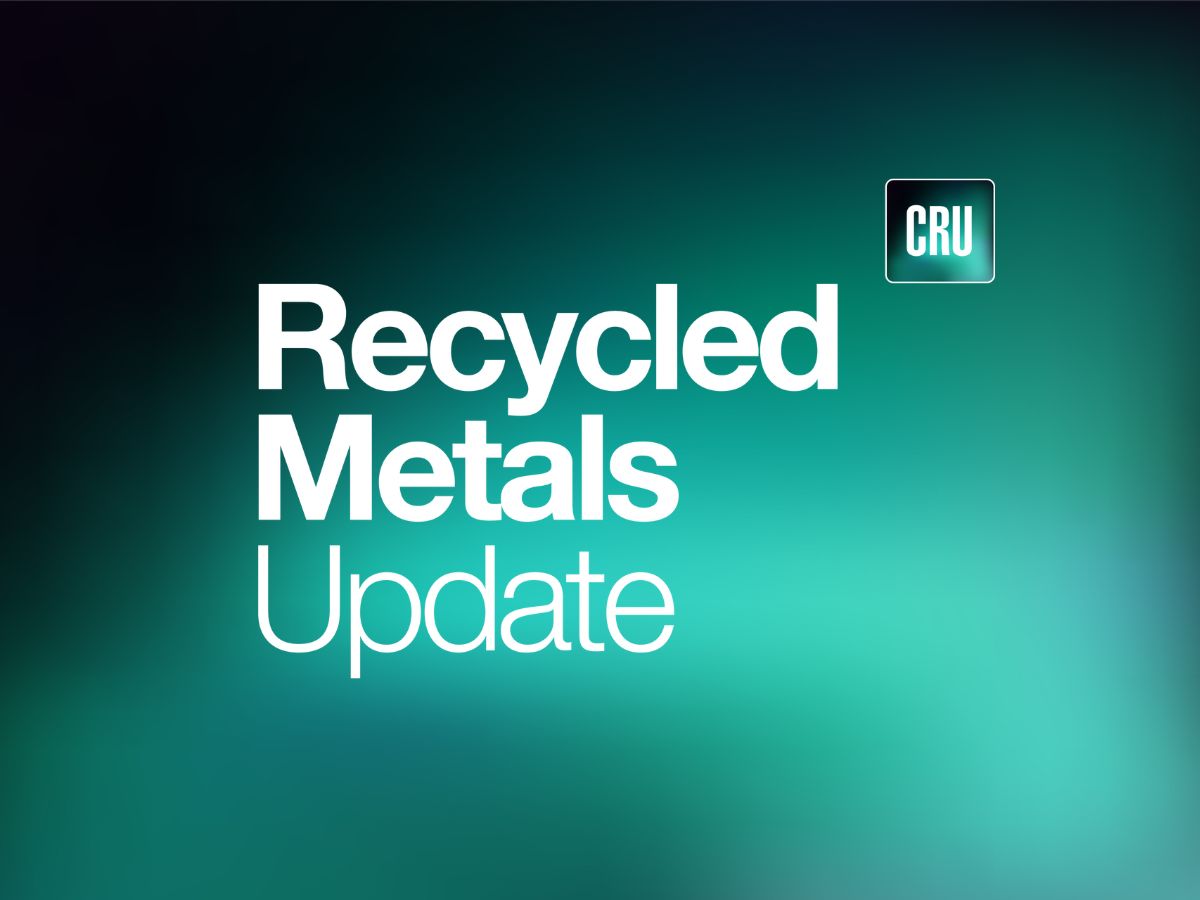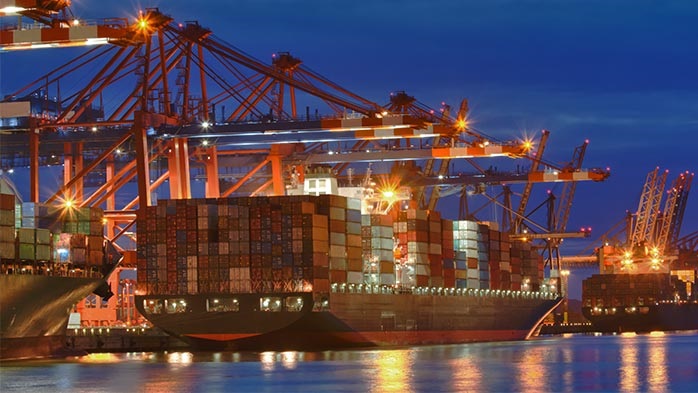Market

July 9, 2024
Steel mill enters July scrap market, nonferrous market faces global supply shifts
Written by Gabriella Vagnini & Stephen Miller
Ferrous market update
There has been considerable speculation regarding the July ferrous scrap market as we await the market to form. We have yet to encounter anyone who anticipates a price increase. Most industry insiders are forecasting a reduction in prices, particularly for the highly valued #1 Busheling.
Contrary to what we reported last week, many mills, (though not all), did in fact cancel June orders, anticipating continued weakness in prices. Some of our sources believe obsolete grades have a chance of holding steady, while prime scrap may suffer another significant reduction. Others feel that, despite slower flows, there will be more than enough scrap to meet the reduced demand that is forecasted. We should hear something soon as one-third of the month has elapsed.
Well, the wait is over. A Detroit area EAF mill has entered the July market with prices of $360/gt for Busheling, a decrease of $20/gt. They bought shredded scrap at $385/gt and plate & structural scrap at $325/gt, respectively, maintaining their previous levels.
This is a better outcome than many anticipated. Apparently, steelmakers are concerned about the flow of obsolete scrap. However, prompt scrap flows are unaffected by price, and with demand for flat-roll being sluggish, the opportunity to take these grades was presented. We are entering uncharted territory with busheling selling at $25/gt under shredded. Who really knows how this will turn out?
Non-ferrous market update
During LME Asia Week in Hong Kong (June 24-28), our parent company, CRU, provided critical insights into the recycled metals industry, highlighting several significant trends and challenges, as well as a month in review of June markets and summarizing a forward forecast outlook.
1. Cobre Panama restart uncertainty: The potential restart of the Cobre Panama mine is up in the air. Some expect operations to resume by the end of the year, while others foresee delays until 2025 or 2026. This uncertainty could increase demand for recycled metals as disruptions in primary supply push manufacturers toward secondary sources.
2. Challenges in TC/RCs recovery: There is skepticism about a recovery in Treatment Charges and Refining Charges (TC/RCs) ahead of annual negotiations. Low settlement rates by Antofagasta with Chinese smelters suggest ongoing struggles, potentially increasing reliance on scrap metals as smaller smelters face economic pressures and potential closures.
3. Potential U.S. government change: Concerns about a potential Trump administration’s impact on global economic activity and copper demand were raised. A repeat of the 2019 trade war and a shift away from green energy initiatives could disrupt demand patterns and trade flows, affecting scrap metal prices and availability.
4. China’s scrap export trends: Doubts about the sustainability of China’s recent strong scrap imports and increased domestic scrap generation emerged. Participants expect a slowdown in China’s scrap imports in the second half of the year, particularly from the U.S., potentially impacting global scrap metal prices and trade dynamics.
5. Copper price outlook: Copper prices saw increases from March to May, followed by a correction in June. Near-term prices are expected to decline, reflecting a softer demand outlook in China. However, a price rebound is anticipated later this year as fundamentals improve, potentially stabilizing the market for recycled metals.
6. Global trade developments: Trade policies, such as the EU’s provisional tariffs on Chinese electric vehicles and India’s anti-dumping duties on Chinese solar panel frames, could disrupt global aluminum demand and affect scrap supply chains. The recycled metals industry must monitor these developments to navigate potential supply constraints and shifts in demand.
Market participants must remain agile and strategically navigate these evolving conditions to manage challenges and seize opportunities effectively. The interconnectedness of global trade, geopolitical events, and economic policies will continue to shape the future of the recycled metals industry.

Gabriella Vagnini
Read more from Gabriella Vagnini




